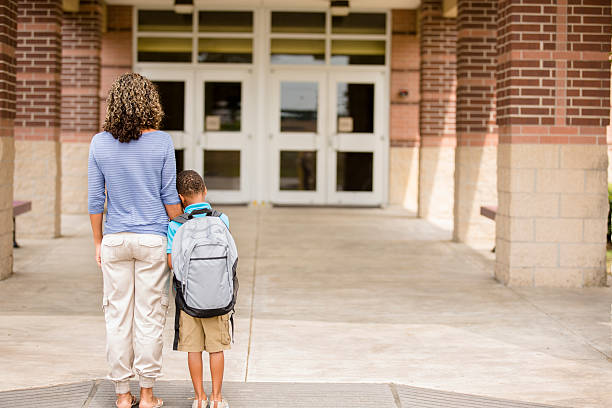How to Handle Separation Anxiety in Preschoolers: A Guide for Parents and Teachers

Separation anxiety is a natural and common experience for many preschoolers as they transition into a new environment away from their parents or caregivers. While it’s a sign of a strong bond, it can also feel overwhelming for children, parents, and even teachers. With the right strategies and collaboration between parents and educators, separation anxiety can be eased, allowing children to feel secure and confident in their new environment.
Understanding Separation Anxiety
Preschool marks a significant milestone in a child’s life—a step toward independence. For some children, the change can lead to fear or hesitation as they navigate a new routine without their primary caregiver. Symptoms of separation anxiety can include crying, clinginess, tantrums, or reluctance to attend school. It’s essential to remember that this is a temporary phase, and with patience and the right approach, most children overcome it.
Tips for Parents and Teachers to Ease Separation Anxiety
- Establish a Consistent Goodbye Routine
- Predictability can help a child feel more secure. Parents can create a special, quick goodbye routine, such as a hug, high-five, or special phrase. Keeping the goodbye brief and consistent reassures the child without prolonging the separation, which may heighten their anxiety.
- Encourage Gradual Transitions
- Gradual exposure to the preschool environment can help ease a child into the new routine. Parents can start with shorter visits to the preschool to meet teachers and explore the classroom before the first full day. Teachers can offer a calm, welcoming space during drop-off to make the child feel safe.
- Maintain Open Communication Between Parents and Teachers
- Collaboration is key to easing separation anxiety. Parents should share insights about their child’s preferences, comfort items, or triggers with teachers. Similarly, teachers can keep parents informed about their child’s progress and reassure them of how the child adjusts throughout the day.
Creating a Supportive Environment
For parents, it’s important to show confidence and positivity when dropping off their child. Children often mirror their caregivers’ emotions, so staying calm and upbeat can help them feel at ease. Reassure your child that they are safe and loved, and that you will return to pick them up soon. Avoid sneaking away, as this can create feelings of mistrust and heighten their anxiety.
Teachers, on the other hand, can create a nurturing environment by engaging children in fun activities or introducing them to a peer buddy. Distractions like art projects, storytelling, or play can help shift the child’s focus from the separation to the exciting opportunities in the classroom. Acknowledging their feelings without reinforcing the fear can help build emotional resilience.
The Power of Teamwork
By working together, parents and teachers can make the transition to preschool a positive and rewarding experience for children. Parents provide the foundation of love and trust at home, while teachers offer a safe and engaging space for growth. Consistency, patience, and open communication ensure children feel supported every step of the way.
Separation anxiety, while challenging, is a natural part of early childhood development. With guidance and a strong partnership, parents and teachers can help children embrace new routines, friendships, and learning experiences with confidence and joy.
Recent Comments